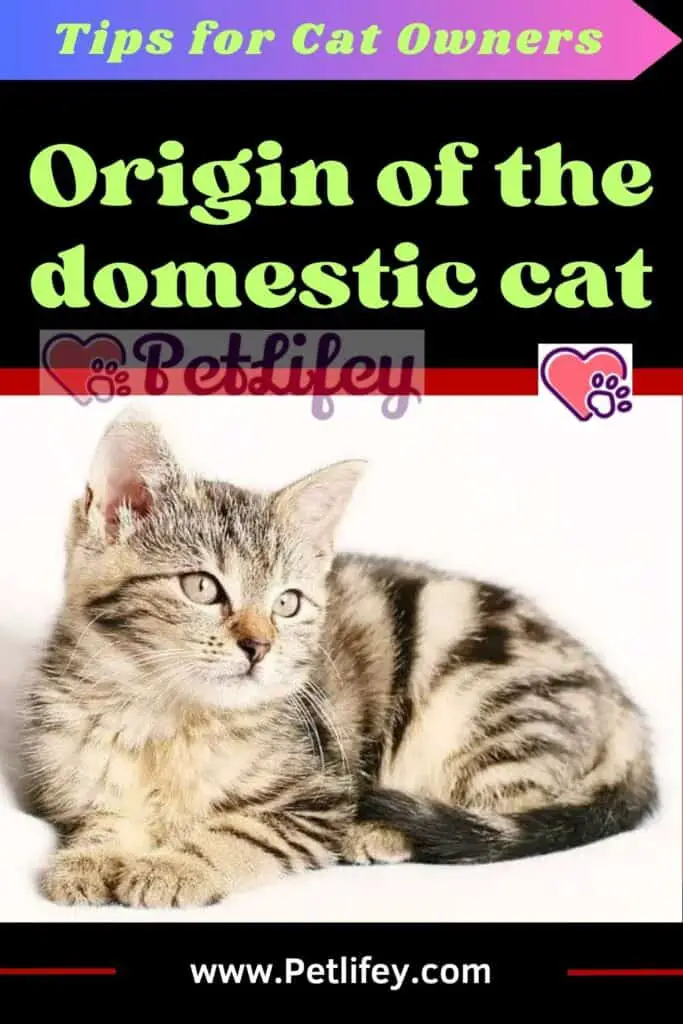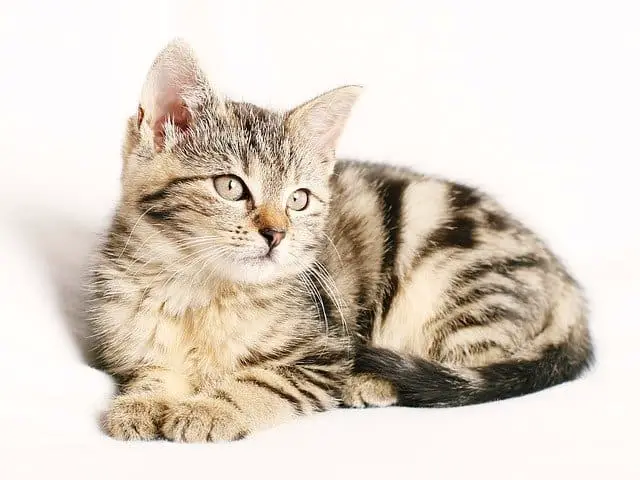
Know what is the origin of the domestic cat. This pet accompanies its owners in millions of houses around the world. It is loved and loved for its peculiar behaviour and special character. At Petlifey, we explain what animal it comes from, how it has evolved, how the cat was domesticated and the history of the domestic cat .
Character of the domestic cat
There are people who adore cats for their independent nature and find them exciting for this fierceness of their miniature tigers.
But there are other people who, for the same reasons, cannot bear them: they qualify them as selfish, incapable of love, false, opportunistic and the like.
It is difficult to decide which of these opinions is right: deep down, the attitude taken towards cats (as for other animals) is a matter of taste and sympathy .
Man is capable of training fearsome animals for their strength or ferocity, such as lions, tigers, bears and elephants. But despite living in its own home for more than 5,000 years, it still has not managed to train the cat, although it has managed, yes, to domesticate it .
The domestic cat can play with you, it can come to your call, it can climb to your knees in search of caresses, but all this will do it for its interest.
It plays because it is having fun, it comes to your call because it hopes to get a good bite and it lets themselves be caressed because it likes it .
But try to give them orders, for example “Lie down!”, “Sit down!”, “Give me the leg!” or similar things. The cat will look at you with its sly air, with its bright eyes, and it will do everything, but you will never get it to obey you.
Who domesticated the cat first
The first who had the idea of domesticating the wild cat or bobcat (which still exists in Europe, Africa and Asia) are believed to have been the ancient Egyptians.
They must have been very patient, since wild cats are really wild. Anyway, they did, and the kittens became companions and pets for man.
The Egyptians loved cats so much that they considered them sacred animals and punished whoever killed one of them. In fact, mummified cats have been found buried alongside their owners.
As a curiosity, in the course of a battle against the Persians, the Egyptians were defeated because their enemies, who cunningly advanced carrying cats in their arms.
Rather than engaging their beloved felines in the fight, at the risk of killing them, the Egyptians preferred to withdraw from the battlefield.
Expansion into the world of the domestic cat

The domestic cat spread rapidly throughout all countries, distinguishing itself by its ability to catch mice, birds and some snakes (evidently, from then to today the cat has lost a good part of its hunting skills).
In various countries of Europe the cat was unknown until the Middle Ages. It was not until the year 1000 that this animal arrived on this continent in a massive way, to stop an invasion of rats from Asia.
Since then it has spread in such a way that today there are numerous breeds and varieties of domestic cats. From the magnificent long-haired Persian cat to the elegant Siamese cat , from the common Syrian to the fierce Abyssinian cat and from the strange Man’s cat the only specimen that does not have a tail, or the Sphinx cat that does not have hair on its body.
Despite the services it provided, the cat was never highly appreciated by Europeans, at least until a few decades ago. It was useful for catching mice, yes, but for this reason it was not considered worthy of its owner’s affection.
The paintings of the time, indeed, show, in the company of the nobles, horses, dogs, birds and even rabbits, but hardly a cat appears among a group of people .
On the other hand, in the Middle Ages, it was believed that the cat had relations with the devil and that it was a friend of witches.
Superstitions are difficult to eliminate, and there are still people today who think, for example, that a black cat crossing the street brings bad luck.
Aside from these unpleasant exceptions, the domestic cat is currently appreciated around the world as intelligent, discreet, quiet, clean and, when mice are around, useful. And the masters expect them to live as long as possible.






